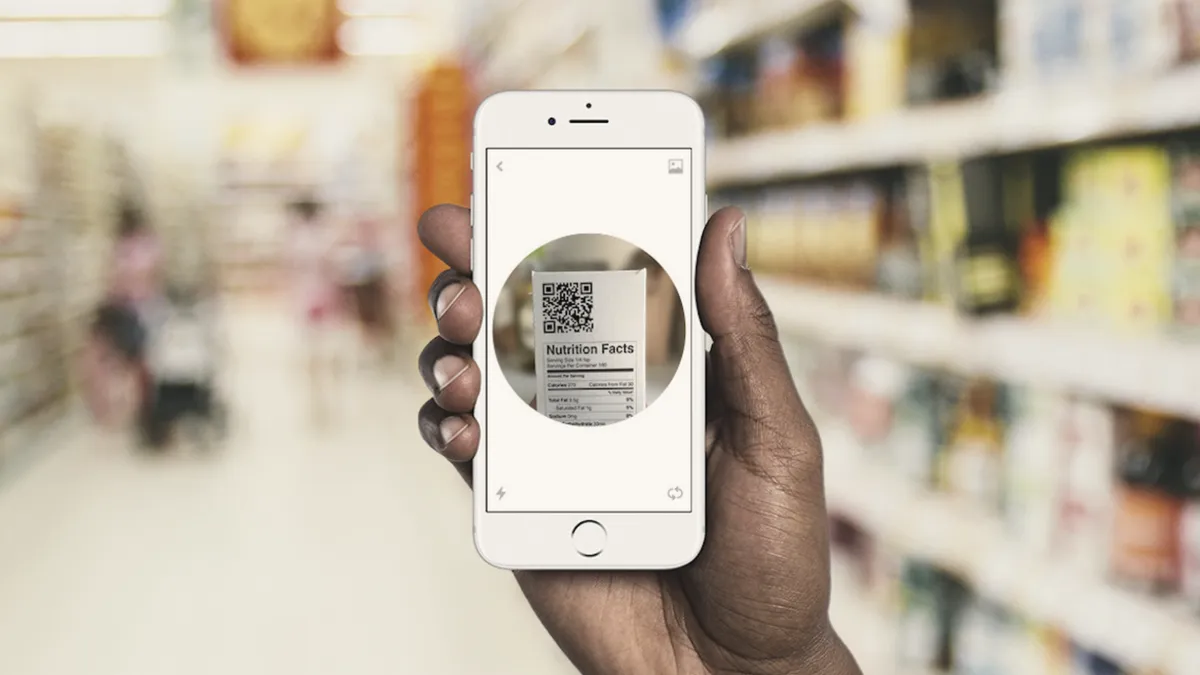Dive Brief:
- Mobile payment technology can speed up service for consumers and offer numerous operational benefits for retailers, but many shoppers are reluctant to adopt the technology, according to Progressive Grocer. Just $1 out of every $148 spent at retail comes from a mobile wallet, according to a Bank of America study cited by the publication.
- Security concerns are a big reason for shoppers’ reluctance to adopt mobile payment options, despite what experts say are very secure systems. To combat this, retailers may need to reassure shoppers and educate them on how programs work.
- Retailers also should consider incentivizing mobile payment adoption through coupons, special offers and other options.
Dive Insight:
Despite shoppers’ reputation for being increasingly mobile-first, there are still limitations to adoption that retailers need to overcome. As Progressive Grocer notes, the growth in spending via mobile payment technology at grocery stores has increased during the last year but is down from 2015. After an initial adoption period, it appears the excitement has waned.
Payment platforms such as Apple Pay promise a faster checkout experience, which study after study has shown to be a major pain point for consumers and retailers. Grocers also are increasingly adding their own mobile payment systems, which can increase loyalty and allow retailers to collect valuable shopper data. Walmart recently introduced Walmart Pay, while Macey’s in Utah has a Skip Checkout app that allows shoppers to scan and pay for items using their phones.
A significant barrier to adoption seems to be that consumers simply don’t understand the advantage mobile payment apps like Apple Pay and Walmart Pay offer over traditional credit card payment. Selling consumers on third-party platforms like Apple Pay isn’t really a retailer’s job, but these systems offer enhanced security, according to experts, which remains a major concern for shoppers. Grocer-specific payment systems offer further benefits, though retailers need to look past the operational upsides these programs provide and communicate the advantages to shoppers while also incentivizing adoption. Telling consumers the technology is available doesn’t seem to be enough.
Payment systems that allow shoppers to bypass the checkout seem particularly promising. After testing its Scan & Go app in a few stores beginning in 2015, Sam’s Club quickly expanded its availability and now offers the app to members at all 660 of its stores. Parent company Walmart had adopted the program and is trying the app with its customers.
Macey’s has seen better-than-expected adoption of its Skip Checkout app. In an interview with Food Dive, Ashlee Johnstun, Macey’s customer service operations manager, said the company is gaining new shoppers eager to try the new technology. A spokeswoman for Associated Food Stores, which owns and operates Macey’s, told Food Dive that the five stores in which Macy’s offers Skip Checkout have seen “several thousand downloads and nearly as many unique shoppers” since it debuted the app in May. The technology clearly has promise. The question is, will enough consumers use to justify grocers using and promoting the service?









